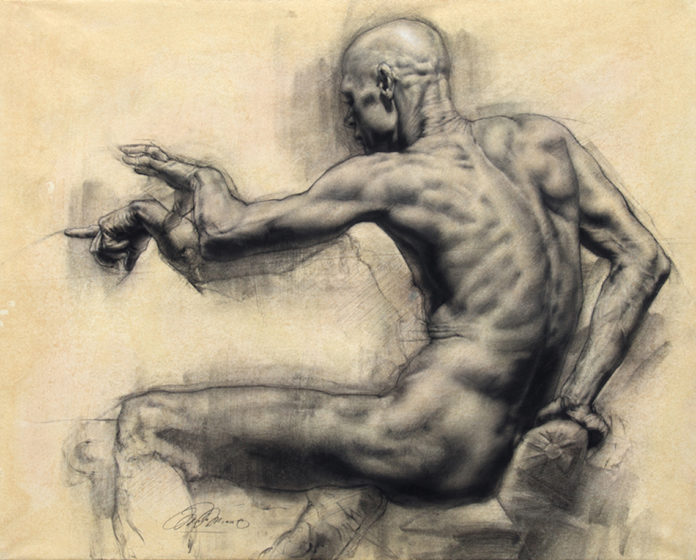With dogged determination and a clear path, we can bring the pursuit of mastery into reality in the tradition of drawing and painting like the Old Masters.
How to Become a Master Artist
BY CHARLES MIANO
(charlesmiano.com)
Picture yourself standing in front of a masterful painting at a museum. You are moved by the emotive impact, expressive power, and astonishing beauty of the work. It could be by an artist you are familiar with, such as Rembrandt, Michelangelo, or Leonardo da Vinci. You marvel at the sheer genius or skill used to create such a work. For these artists, their technical competence unleashed the power of their expression.
In today’s world, few have achieved this level of mastery in art. Few have had the training, dedication, and circumstances to pursue such gifts. Did you know that all of these artists were once novices and long-time apprentices to established artists of their day? For instance, Rembrandt began his apprenticeship at 14 years of age in the studio of Jacob van Swanenburgh. After three years he began to study with history painter Pieter Lastman. At thirteen, Michelangelo was apprenticed to the painter Domenico Ghirlandaio and then sculptor Bertoldo di Giovanni. At the age of 14, Leonardo da Vinci began his apprenticeship with the famed artist Verrocchio. He remained there for seven years.
In fact, before art universities, medieval and renaissance guilds maintained rigorous quality standards by having established Master artists train apprentices or journeymen, some of whom would work long and distinguished careers as artisans, painters, and sculptors.
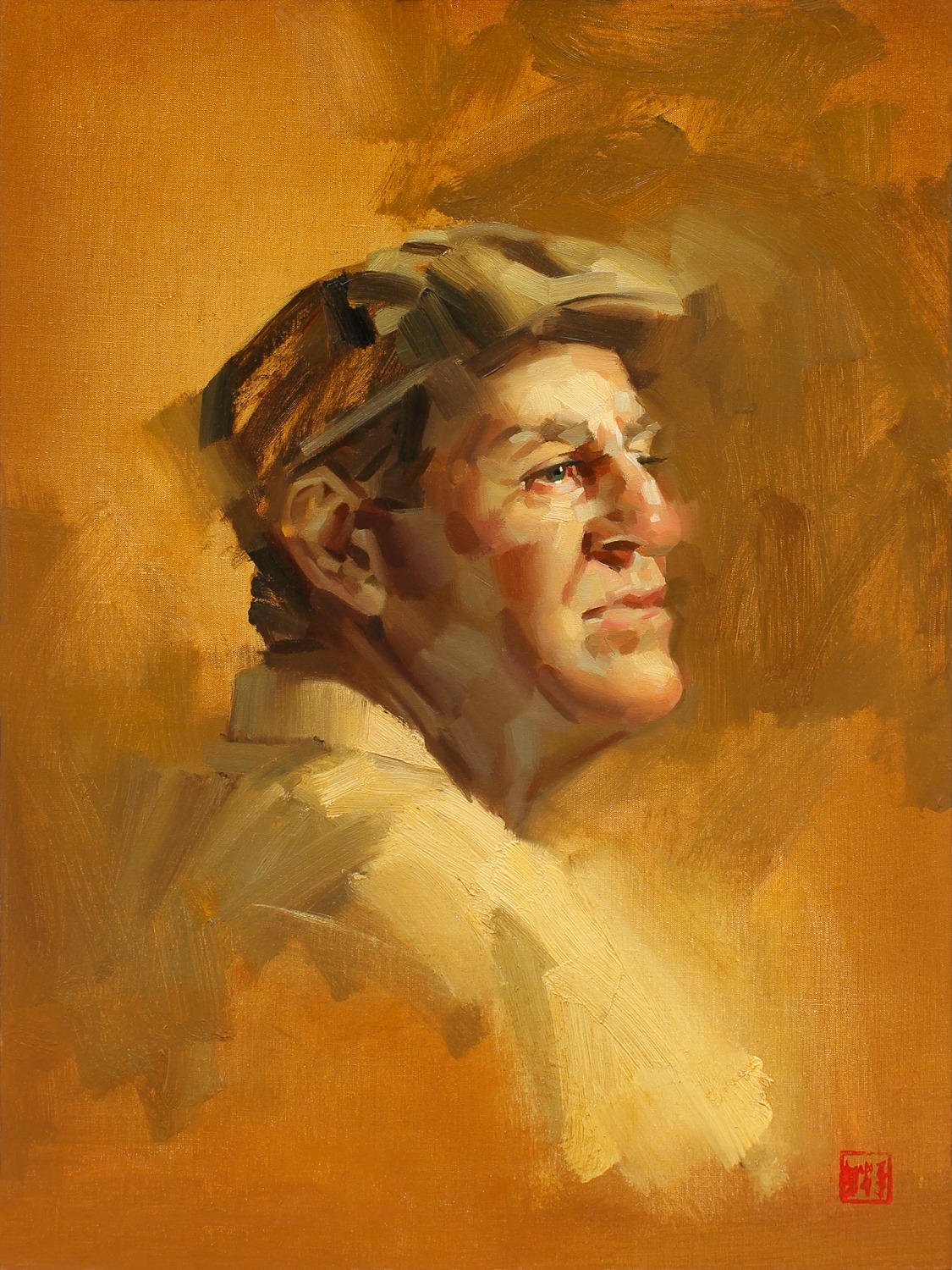
Perhaps you have had a strong appreciation for and desire to draw and paint in the manner of the Old Masters. Their art was exemplified by power, purpose, humanism, and classical representation of the natural world. Have you ever wondered if this goal is really possible in our day?
It makes sense that, if one follows the path of these masters, conceivably one could see similar improvements. Achieving mastery in the ancient arts of drawing and painting, although a formidable challenge, is within reach. However, it must be approached with a similar mindset, mental disposition, and intelligence that the old masters cultivated. It’s not an easy journey! After all, we live in a different era in which economics and changing fashions often dictate the quality of art for the general public. Oftentimes, craft is undermined, unappreciated, and supplanted in favor of expedience and the superficial.
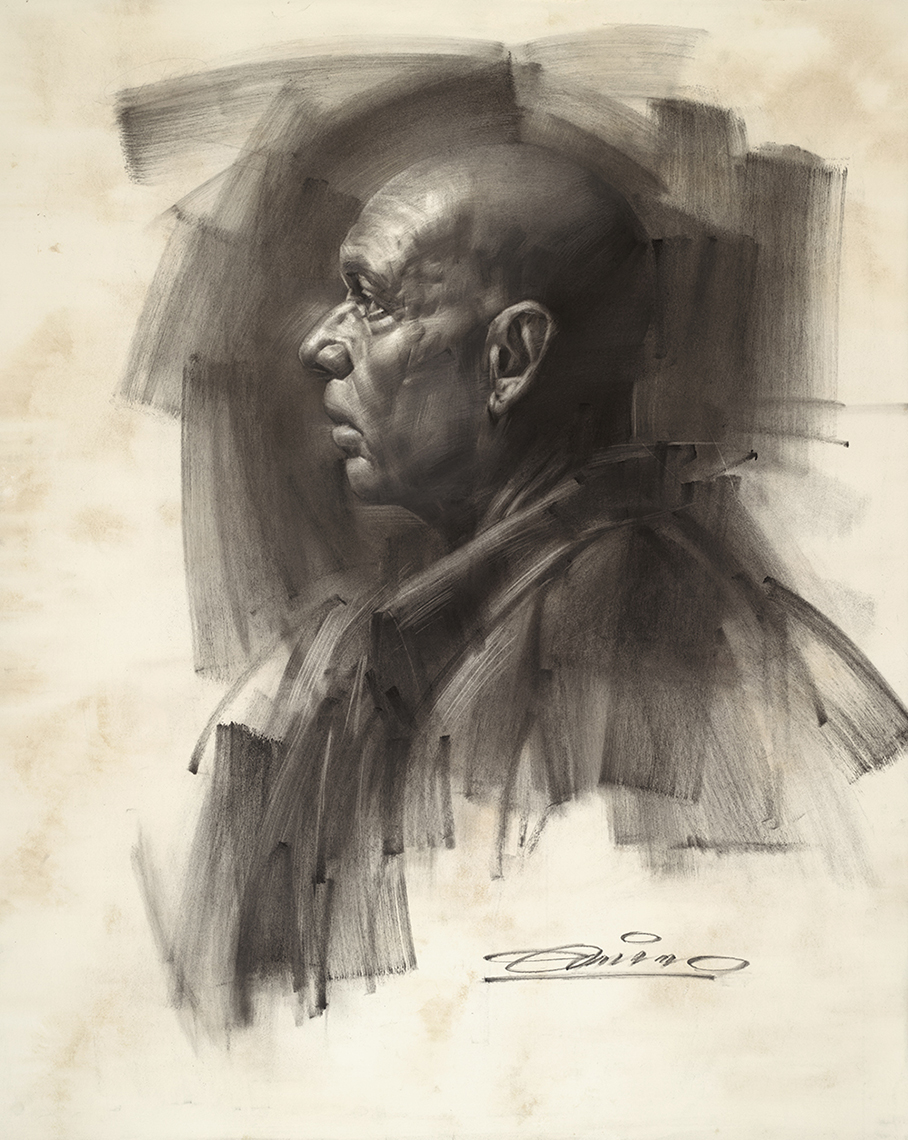
Theory, Practice, and Guidance
In the classical guild tradition, it is understood that there are three keys to success that can lead one to artistic mastery. They are: theory, practice, and guidance.
Theory by itself can lead one in the correct direction. However, one can read many books and gain theoretical knowledge about drawing or watch a hundred tutorial videos and painting demonstrations, and ultimately never improve. Art requires not only a set of guiding principles, knowledge, and philosophy, but also the ability to “see” as an artist, as well as facility with the tools. Developing fine motor skills or eye-hand coordination plays a role.
On the other hand, you may have heard the old joke: A tourist in New York stops a man carrying a violin case and asks, “Sir, can you tell me how to get to Carnegie Hall?” The musician smiles and says, “Practice, practice, practice.” We have also heard the adage “practice makes perfect.” However, missing from that statement is that one must practice the correct things. Practice alone, without theory is a winding path to nowhere.
Knowing this, one can move forward incrementally with the combination of both theory and practice.. However, in art, without guidance under the tutelage of a trained eye, one is destined to veer off the path, lose sight of the ultimate goal, and waste a lot of time. A mentor’s role is to prevent the student from distraction and improve the speed at which he or she can learn, by coaching, setting a real world example, and preventing wasted time on unfruitful experiments.
This is particularly true in the visual arts. A mentor or coach catches bad habits immediately and corrects the course. The need for a mentor in the art of “seeing” is compounded by the fact that we are limited by natural inclinations, such as poor agility or myopia. It takes training to push past the limitations of the eye, to be better able to interpret the natural world around us and translate it simply into art. Visual guidance can also help rid ourselves of unwanted habits of practice both in our perceptions and in our physical dexterity.
Yes, theory, practice, and guidance are three verifiable ways in which artists have gained mastery since ancient times. Throughout their journey, master artists have progressed through these stages of development to reach true mastery.
On the journey toward mastery, an artist passes through three stages of development in craftsmanship.
As a novice, one can be described as unconsciously incompetent. In other words, novices do not know what they do not know. However, as an artist progresses on the path as an apprentice, they will start to recognize their needs and become conscious of what they do not know.
With even more experience and practice, an artist will reach conscious competence. The artist will be practicing well but will still have to think and self-monitor through the practice period.
When mastery is finally reached, an artist can be described as being unconsciously competent. A master artist no longer needs to spend so much time thinking about the process. Through spontaneity of action and naturalness, they may create without hindrance. In eastern painting and philosophy this principle is called wu-wei, which means “natural or effortless action” in Chinese. Mastery therefore means creative liberation. Artists can become empowered through gaining competency.
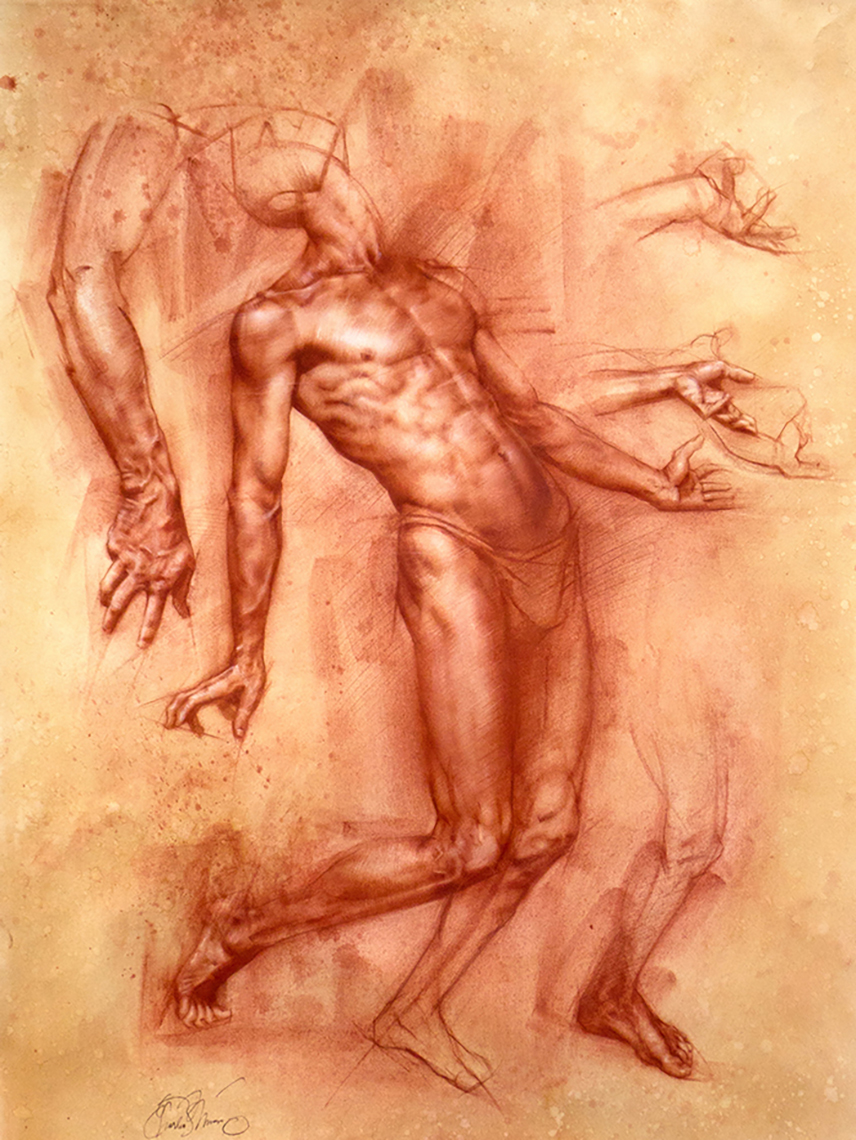
These stages reflect the process that the mind and body must go through to adapt to learning new ideas and the evolution of forward-moving artistic development. Through rigorous training, single point concentration, and guidance, one can reach naturalness and spontaneity of action. With great technical mastery, one then can unleash their own inner inspiration and creativity.
Mastery is a life-long pursuit and is not for the faint of heart. Michelangelo once quipped, “If people knew how hard I had to work to gain my mastery, it would not seem so wonderful at all.”
Leonardo said, “Constancy does not begin but is that which perseveres.” With dogged determination and a clear path, we can bring the pursuit of mastery into reality in the tradition of the Old Masters.
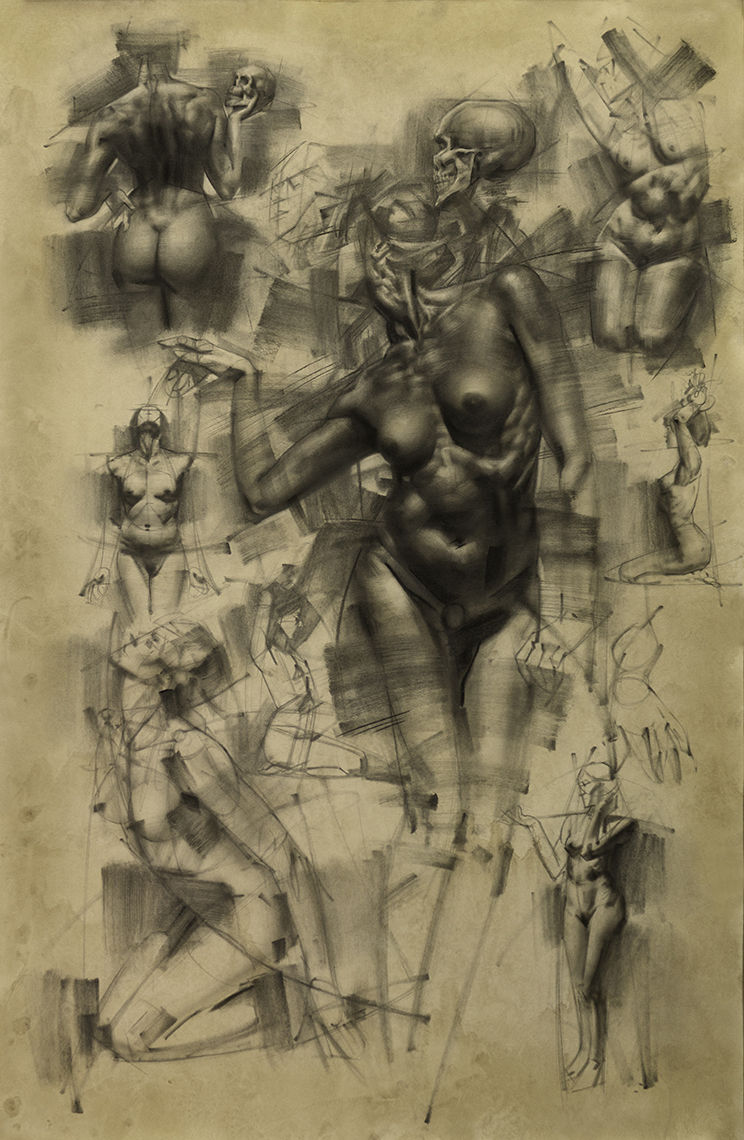
More From Charles Miano:
Just as in the days of the Renaissance, the Miano Academy of Art has modeled the Guild Classical Apprenticeship after the standards of craftsmanship of the old masters. Many are coming from near and far to pursue excellence in their craft and contribute to the greater awakening of this movement. If you would like to learn more, please visit mianoacademy.org.
Learn how to translate life into art and draw like the masters when you study “Old Master Portrait Drawing” with Charles Miano:


